
Cuisine
Burkinabé cuisine
Burkinabé cuisine is centered around grains, such as rice and millet, as well as starchy vegetables like yams and cassava. Meat, particularly chicken and goat, is also a staple in Burkinabé cuisine. The cuisine is known for its use of spices and herbs, such as ginger, garlic, and cumin. Burkinabé cuisine also features a variety of vegetables, including okra, eggplant, and tomatoes.
Typical ingredients
Rice, Millet, Yams, Cassava, Chicken, Goat, Ginger, Garlic, Cumin, Okra, Eggplant, Tomatoes, Peanuts, Beans, Palm oil
Presentation and garnishing
Burkinabé cuisine is often served in communal dishes, with everyone sharing from the same pot. The cuisine is often garnished with fresh herbs and spices, such as cilantro and parsley.
Burkinabé cuisine is known for its use of traditional cooking methods, such as cooking over an open fire.
More cuisines from this region...
Nigerian cuisine, Ghanaian cuisine, Ivorian cuisine, Senegalese cuisine, Malian cuisine, Benin cuisine, Guinean cuisine, Liberian cuisine, Sierra Leone cuisine, Togolese cuisine
History
Burkinabé cuisine has a long history, dating back to the pre-colonial era. The cuisine was heavily influenced by the Bantu-speaking people who migrated to the region. During the colonial era, French influences were introduced to the cuisine. Today, Burkinabé cuisine is a mix of traditional African dishes and French influences.
Cultural significance
Food is an important part of Burkinabé culture and is often used in celebrations and ceremonies. The cuisine is also an important part of the country's economy, with agriculture being a major industry.
Health benefits and considerations
Burkinabé cuisine is generally healthy, with a focus on fresh ingredients and lean meats. However, some dishes may be high in fat and calories.
Burkinabé cuisine recipes Browse all »

Burkinabé Crêpes with Citrus Sauce
Zesty Burkinabé Delight: Citrus-infused Crêpes

Mozzarella in Carrozza with a Burkinabé Twist
Savory Mozzarella Fritters with a Burkinabé Flair
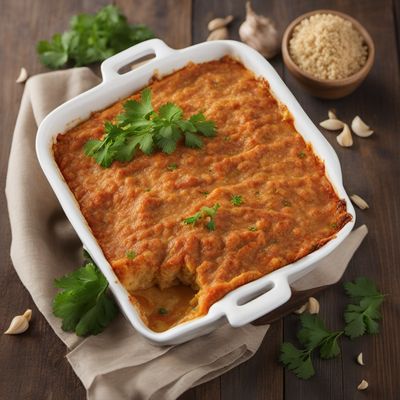
Giraumon Gratin with Peanut Sauce
Creamy Giraumon Delight with a Nutty Twist

Burkinabé Spiced Roast Pork
Savory and Spicy Burkinabé Roast Pork Delight
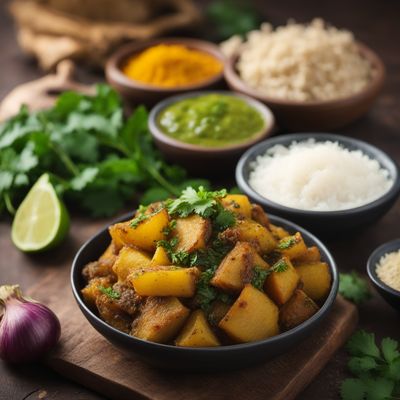
Sisnu ra aloo ko tarkari - Burkinabé Style
Spiced Potato and Nettle Stew - A Taste of Burkina Faso
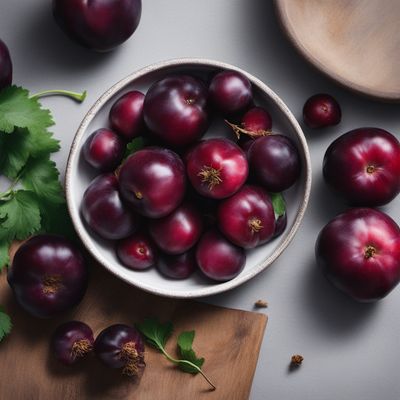
Tüften un Plum with a Burkinabé Twist
Savory Potato and Plum Delight: A Burkinabé Fusion

Saumagen with a Burkinabé Twist
Savory Stuffed Pork Belly: A Fusion of German and Burkinabé Flavors

Pampushka with a Burkinabé Twist
Savory African Pampushka: A Burst of Flavors from Burkina Faso
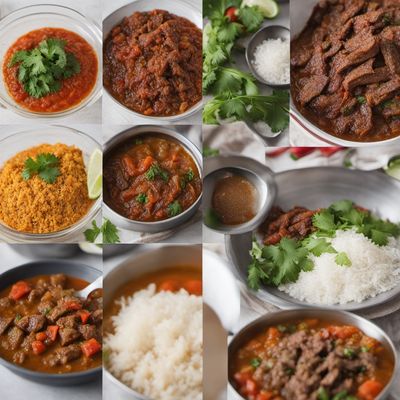
Burkinabé-style Dograma
Savory Delight: Burkinabé-inspired Dograma with a West African Twist

Burkinabé Delight Fairy Bread
Golden Buttered Delight: Burkinabé Fairy Bread

Burkinabé Spiced Sausage with Rice
Savory Spices and Fragrant Rice: A Burkinabé Twist on Sausage
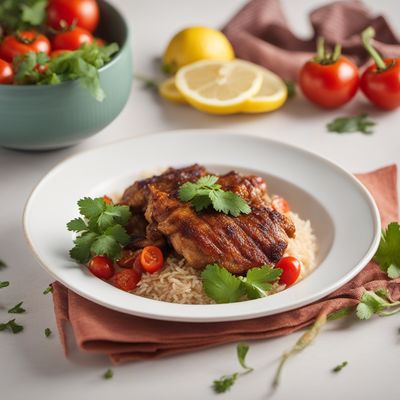
Burkinabé-inspired Plate Lunch
Savory Delights: A Taste of Burkina Faso in a Plate Lunch